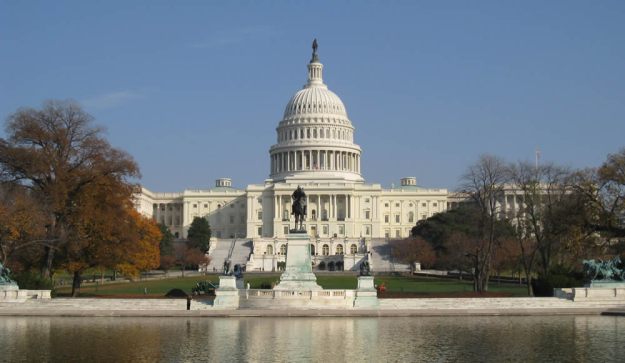
Introduced within the House of Representatives today, a bill that would give the U.S. Attorney General power to order search engines and Internet service providers to block sites with pirated content was announced by a group of U.S. Representatives. Titled the Stop Online Piracy Act, the bill also gives copyright holders the ability to issue notifications to payment providers like Paypal when a site is selling copyrighted material. They will also be able to sent notifications to companies that specialize in Internet advertising, all without the assistance of a court. Finally, Web sites that make money off selling counterfeit pharmaceutical drugs will be facing much harsher penalties with new rules laid out in the bill.

While this bill is receiving support from organizations like the RIAA and the MPAA, tech companies are very concerned that this expanded power may cripple organizations like YouTube. Based on the language in the bill, a single infringement would potentially cause advertisers to pull away from a popular site. There’s also concern that the broad, vague terms in the bill will also cover cloud-based storage, a possible location to store and distribute copyrighted material.


